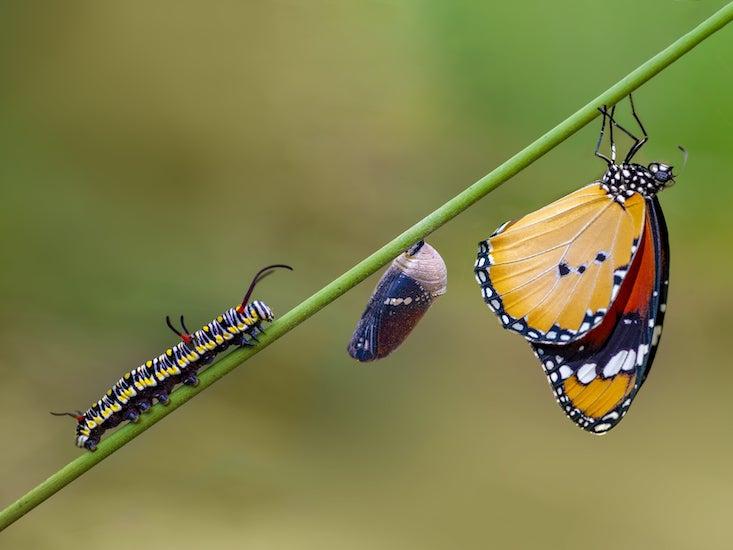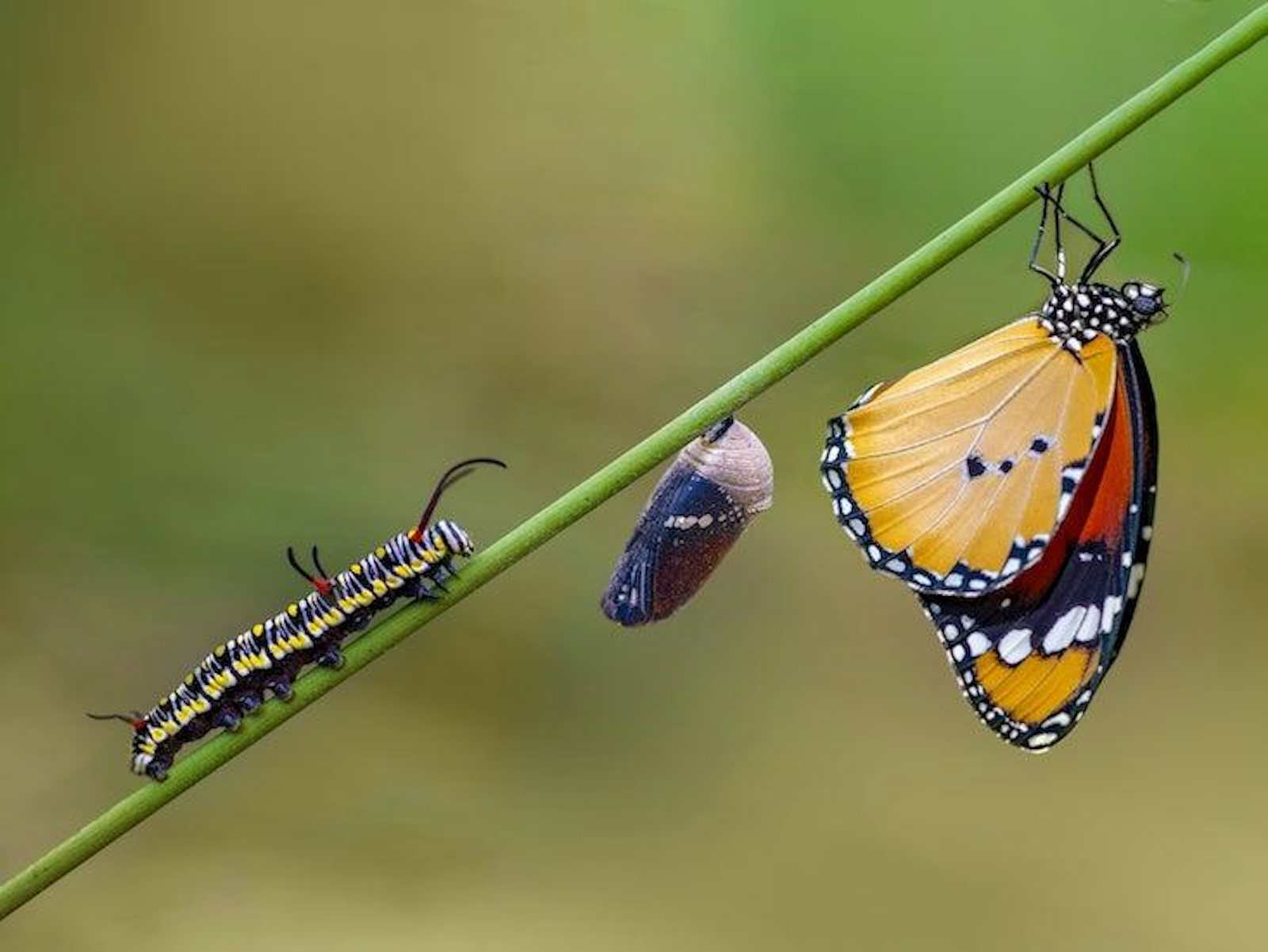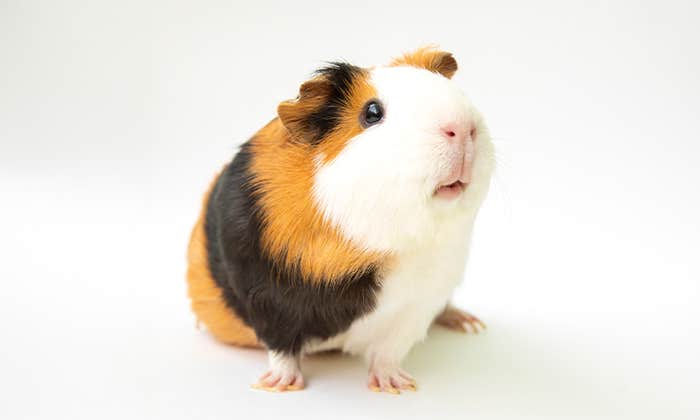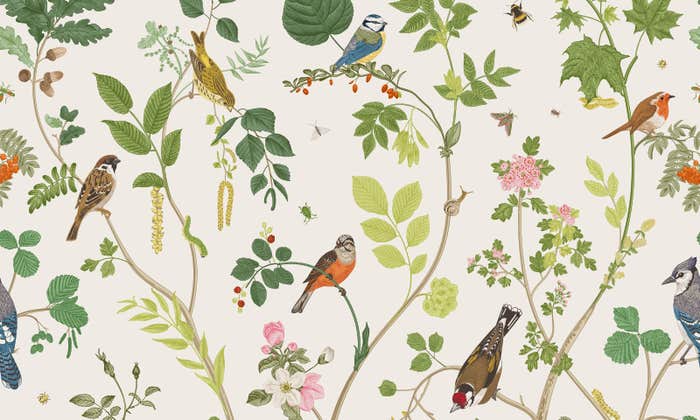
What is a species? It’s a question that has agonized scientists since well before Darwin. With some exceptions, the thinking has landed on an evidently firm reproductive barrier: Members of different species don’t mate. If they do, their offspring are sterile and can’t contribute to future generations. The reproductive barrier has thus created a useful demarcation of “what is a species”—until a deep dive into butterflies showed otherwise.
Researchers recently analyzing the genomes of every butterfly species in the United States and Canada—845 in total—have revealed that at critical evolutionary intervals, butterfly species have crossed the reproductive barrier, mating with other species of butterfly and thereby transferring genes from one species to another. Hybridization, it turns out, plays a pivotal role in how life forms evolve. The tree of life may never look the same.
“It started for me in 2012,” Nick Grishin, a computational evolutionary biologist at the University of Texas, said. That was when a paper, authored by over a dozen researchers known as The Heliconius Genome Consortium, showed that Heliconius—a gorgeous black bug whose distinctive markings mimic the wing patterns of other butterflies that are distasteful to predators—was sharing DNA among species through hybridization. In general, new species come about by way of a very gradual, point-by-point accumulation of inherited traits—half from a mother and half from a father—that can eventually add up to a reproductively distinct entity. At the same time, while genes are being copied mistakes get made, and these so-called transcription errors can provide the individual with genes neither parent possesses. Evolution makes good use of these genes, which provide raw materials for adapting to new circumstances. One species becomes two when adaptations in a population reach a level where that reproductive dividing line is established and the two species are forever riven. Or so it was thought.
“It’s possible we received genes from Neanderthals that enabled us to move out of Africa and into cooler climates.”
In the 2012 paper, researchers zeroed in on the area of their genome controlling color patterns and showed Heliconius rapidly evolving into new species at junctures in their evolutionary history, most likely in response to environmental pressures requiring new adaptations for survival. At these pinch points, Heliconius sped up the process of speciation, which can take many generations of gradual change, by mating across species boundaries and thus injecting new genetic material into each other’s lineages. The huge diversity of Heliconius butterflies could be explained by hybridization, which can facilitate gene transfer, a process called introgression. “We were studying horizontal gene transfer among bacteria, where it’s common, but the thinking was that in eukaryotes (multi-celled organisms), the channels are closed, reproduction within species is the only way to transfer genes,” Grishin said. “The Heliconius work showed otherwise, and I wanted to push that thinking further.”
With his colleagues, Grishin did just that, sequencing the genome of what he calls “a complete butterfly continent.” A tour de force of data collection and analysis, the work, posted on bioRxiv, represents an exciting mashup of cutting-edge technological capacity and the humbler, long-standing practices of amateur butterfly collectors, whose contributions to lepidoptera science significantly predate knowledge of a genome. DNA testing has become ever-faster and more affordable, and computational power would seem to get mightier by the day. But the contributions of amateur butterfly collections made it possible to analyze data across a massive expanse of habitat—most of North America—and across time. In some cases, butterfly collectors contributed just the legs of the bugs to Grishin, but that was enough material from which to sample DNA. “We borrowed a lot of tissue from natural history museums as well,” Grishin told me. “Most butterfly collections were contributed by passionate amateurs over the course of several hundred years, and we couldn’t have done this without them.”
The lead sequencing analysis was undertaken by Qian Cong, who typically studies protein sequences. “Getting the complete phylogenetic tree of U.S. butterflies allowed us to study how this big diversity of butterflies originates in time, and made us wonder why some lineages are particularly rich in species and why some butterflies appear to evolve much faster than others,” Cong told me. “We were able to find the possible evolutionary and molecular mechanism behind these observations,” she said, a key advance in figuring out exactly how biodiversity originates.
Traditional taxonomy had outlined an ancestral tree for butterflies, discerning family, tribe, genus, and species based on the overall body shape of the butterfly and wing-pattern. By sequencing the genomes of all 845 butterfly species, Grishin and colleagues were able to work out a genomic family tree that in large part agreed with the existing one based on anatomy. But it also showed more. “People thought butterflies were closely related based on what they look like, but genomically, we saw something else.” Grishin’s group reclassified 40 species and suggested several new genus levels.
Analyzing the genes of multiple species added a huge new dimension to the idea of “butterflies,” because it revealed not just the species themselves but also the relationships between them. Going back 70 million years, a burst of diversification ensued. Butterfly subfamilies appeared with major evolutionary inventions as a result of high positive selection (the tendency of beneficial traits to increase in a population), which is the overall driving force of adaptive evolution. Another burst, an explosive radiation in butterfly species, came about five million years ago.
“One surprise is that there are so many diversifications,” Grishin told me. “We see lots of rapid radiation in some groups—with many species forming in short periods of time. We didn’t understand the degree to which interbreeding was driving genetic transfer.” The hybridization tends to happen in “younger” species, many of which will eventually die off. Grishin explains it this way: “There are patterns of a cycle in butterfly evolution. Diversification, radiation, introgression, extinction, and repeat.” The timing, duration, and character of this pattern depend foundationally on geological change. “Butterflies exchange these genes and some of them can spread because they have beneficial genes” that aid in adapting to new conditions.
It may be that the species paradigm needs a big overhaul if seemingly well-separated animals can actually interbreed. The revelations of butterflies are informing long-standing questions about Homo sapiens, for example. We have ancient DNA that may or may not have come by way of our ancestors mating with Neanderthals. “It’s possible we received genes from Neanderthals that enabled us to move out of Africa and into cooler climates,” Grishin said.
As the picture of life gets longer and deeper thanks to genetic analysis, so too the humble arts play their part. Grishin and Cong are both computational scientists who work in the lab and not in the field. Yet Grishin credits Cong and colleagues with becoming stellar amateur lepidopterists in the course of their research. Instead of flying to conferences, they would drive, stopping by the side of the road to collect butterflies. Cong told me that their research adds to those with similar ambitions, “to obtain genomes of every species on Earth. These genomes are gifts from millions of years of evolution. Nature did the experiments, and we are trying to check the results.”
Mary Ellen Hannibal is most recently the author of Citizen Scientist: Searching for Heroes and Hope in an Age of Extinction, and a Stanford media fellow.


























